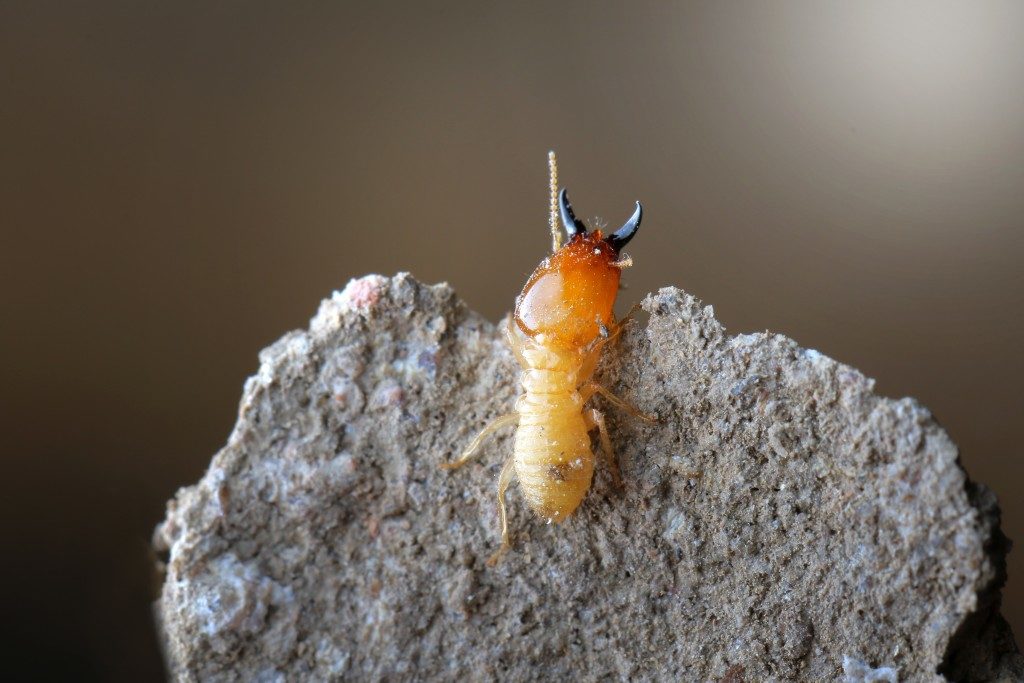Termites are some of the most common sources of infestation in your home, along with cockroaches, bedbugs and mice. They are especially dangerous because they can cause costly and harmful structural damage that might take a while to notice. So, as a homeowner, how can you tell if your house has a termite infestation? Here are some of the signs to look out for.
Flying termites
One of the first signs of a termite infestation is the presence of flying termites (also called swarmers or alates). These termites leave their nests to find a mate and establish a colony, which can be in or near your home. Some species are active at night and are attracted to light, others swarm in daylight, and all of them typically swarm at specific times of year, especially after it rains.
You should also look out for discarded wings. Shortly after they find a mate, flying termites would lose their wings, and crawl to a nesting site to start a new colony. If you see discarded termite wings around your house, there might be a new termite colony forming in your property.
Sounds
Did you know that termites dance and headbang, too? When a termite colony is disturbed, soldier termites usually shake their bodies or bang their heads against the wood to signal the others about the danger. If there are termites in your home, you may hear this as quiet, clicking sounds coming from the walls.
Worker termites are very noisy eaters, and they enjoy eating at the woodwork. You may hear them chewing away just by putting your ear close to the wood you suspect is infested.

White ants
Ants and termites can look similar if you are not observant enough, so you might mistake a termite for a white ant when you see one. To help you tell them apart, here are some of their differences:
Termites’ waists are a lot thicker than those of ants. The part where the thorax of an ant meets its abdomen is very narrow, whereas this part is very large on a termite.
Termite antennae are completely straight, while ant antennae are bent.
Termites are lighter in color. They may appear white or creamy and somewhat translucent.
As for flying ants and termites, flying termites have two sets of wings that are of the same size. Flying ants, on the other hand, have one set larger than the other.
Most importantly, there are absolutely no white species of ants, although some people may call termites “white ants”. If you see an insect in your house resembling a white ant, it might be high time to contact the closest termite control services because you probably have an infestation.
Hard-to-open windows and tightly-fitting doors
Warped doors and stiff windows are often related to damp and hot weather, but they can be caused by termites, as well. When tunneling and eating through wooden window and door frames, termites usually produce moisture which can cause the wood to warp, making it difficult to open windows and doors.
According to the U.S. Forest service, termites cause at least two billion dollars in property damage each year, which is more than damage caused by windstorm and fire combined. So, before they can damage your property and make you spend a hefty sum on repairs, it is important to watch out for termite infestations in your house.

